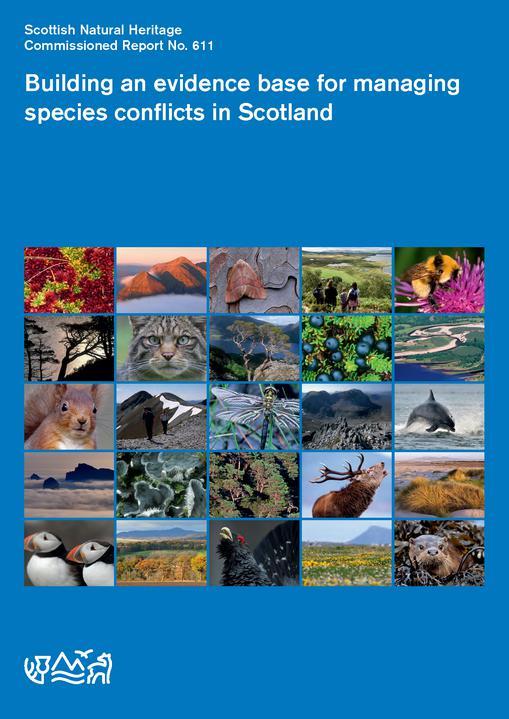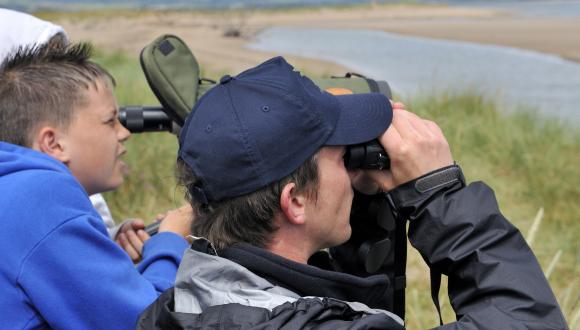NatureScot Commissioned Report 611: Building an evidence base for managing species conflicts in Scotland

Many wildlife species are perceived to have a negative impact on human livelihoods, for example through direct or indirect impacts on livestock, agricultural crops, forestry, game management and fisheries. These species can lead to conflict when parties with different strongly held views clash over their management and when one party tries to assert their interests at the expense of the other. Thus conflicts can arise because one party may seek to control a species which is protected by legislation and of interest to conservation, or because conservation organisations may seek to increase the abundance of a species that is perceived by others to be damaging. Many of these so-called human-wildlife conflicts are between stakeholders with conservation interests and those with other, primarily economic, interests. The conflicts are often damaging, divisive and intractable with impacts on conservation, livelihoods and relationships between organisations and individuals.
This report examines species conflicts in Scotland. We restrict ourselves to conflicts involving birds and mammals, and focus on terrestrial / freshwater systems, excluding marine issues. We consider those situations that fulfil the definition above and involve opposing groups of stakeholders. We exclude issues such as deer-vehicle collisions or birdand bat-strike at wind farms that certainly may create wildlife management problems, but do not fall into this definition of conflict.
Pages: 103
Published: 2013
NatureScot Commissioned Report 611
Disclaimer: Scottish Natural Heritage (SNH) has changed its name to NatureScot as of the 24th August 2020.
At the time of publishing, this document may still refer to Scottish Natural Heritage (SNH) and include the original branding. It may also contain broken links to the old domain.
If you have any issues accessing this document please contact us via our feedback form.






